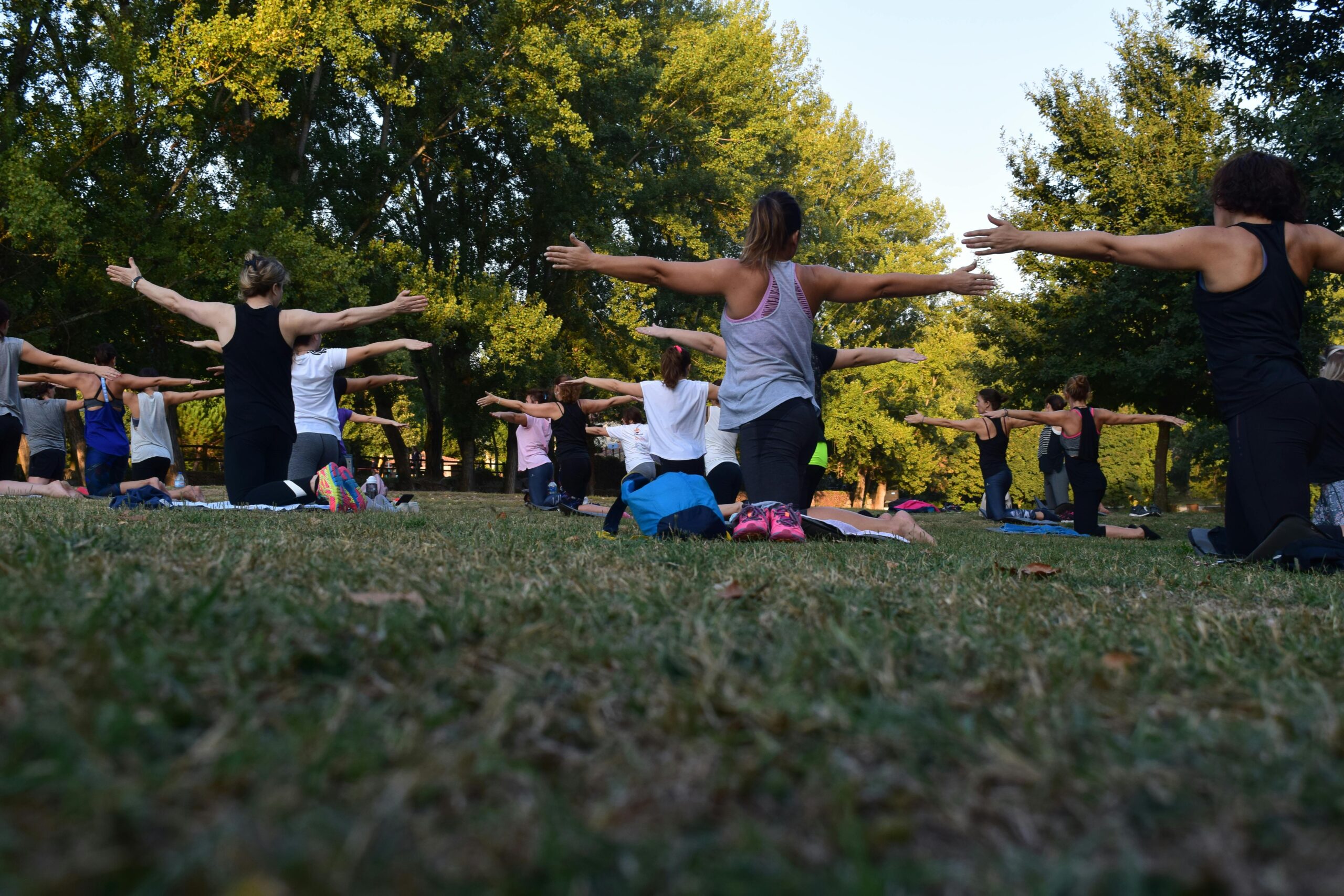Mindfulness is the practice of being fully present and engaged in the current moment, aware of your thoughts, feelings, and sensations without judgment. It can reduce stress, improve mental clarity, and enhance overall well-being. If you’re new to mindfulness, here’s how to get started:
1. Understand the Basics
- Definition: Mindfulness involves paying attention to the present moment with curiosity and without judgment.
- Benefits: Regular practice can lead to reduced stress, improved focus, better emotional regulation, and greater overall happiness.
2. Create a Comfortable Space
- Quiet Environment: Choose a quiet, comfortable space where you won’t be disturbed.
- Comfortable Position: Sit or lie down in a position that is comfortable yet keeps you alert. Use a chair, cushion, or yoga mat.
3. Start with Breathing Exercises
- Focus on Breath: Close your eyes and take deep breaths. Focus on the sensation of the breath entering and leaving your body.
- Count Breaths: Count each breath up to ten, then start over. This helps maintain focus and calm the mind.
4. Practice Body Scans
- Full Body Awareness: Slowly shift your attention through different parts of your body, from your toes to your head. Notice any sensations, discomfort, or tension.
- Release Tension: As you become aware of tension, consciously relax those areas.
5. Engage in Guided Meditations
- Apps and Online Resources: Use apps like Headspace, Calm, or Insight Timer, which offer guided meditations for beginners.
- Follow Instructions: These guided sessions provide step-by-step instructions to help you develop your mindfulness practice.
6. Integrate Mindfulness into Daily Activities
- Mindful Eating: Pay full attention to the taste, texture, and smell of your food. Eat slowly and savor each bite.
- Mindful Walking: Focus on the sensation of your feet touching the ground and the rhythm of your steps. Observe your surroundings with fresh eyes.
7. Develop a Regular Practice
- Set a Schedule: Aim to practice mindfulness at the same time each day to build a habit. Start with 5-10 minutes a day and gradually increase the duration.
- Consistency Over Length: Regular, short sessions are more effective than infrequent, long sessions.
8. Observe Your Thoughts
- Non-Judgmental Awareness: Notice your thoughts as they arise, without labeling them as good or bad. Simply observe and let them pass like clouds in the sky.
- Return to Breath: If you get distracted, gently bring your focus back to your breath.
9. Cultivate Patience and Kindness
- Be Patient: Mindfulness is a skill that takes time to develop. Don’t get discouraged if your mind wanders frequently at first.
- Self-Compassion: Treat yourself with the same kindness and understanding you would offer a friend.
10. Join a Community or Class
- Local Groups: Look for local mindfulness or meditation groups where you can practice with others and learn from experienced practitioners.
- Online Communities: Join online forums and social media groups dedicated to mindfulness for additional support and resources.
Conclusion
Starting a mindfulness practice can be a transformative journey towards greater peace and clarity. By following these steps, you can integrate mindfulness into your daily routine and gradually reap its many benefits. Remember, the key is to approach your practice with an open mind and gentle persistence. Enjoy the process of becoming more mindful and present in your life.
